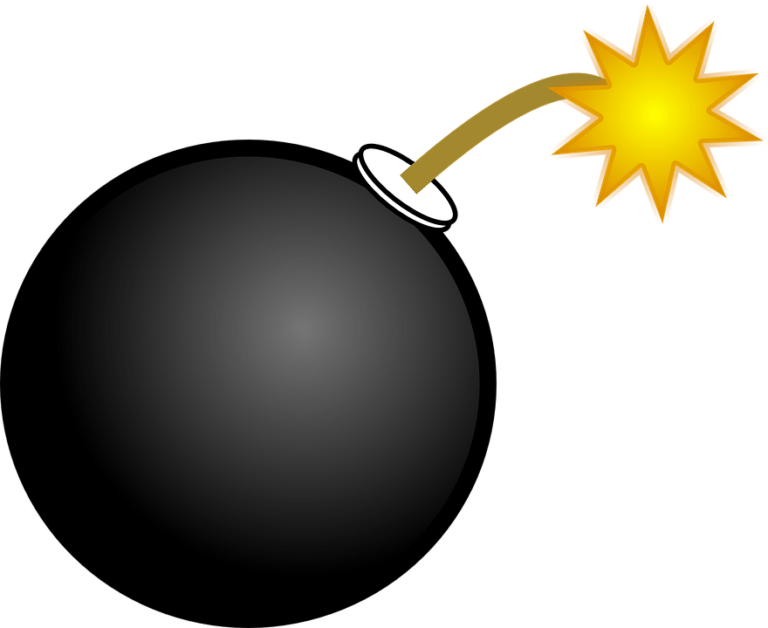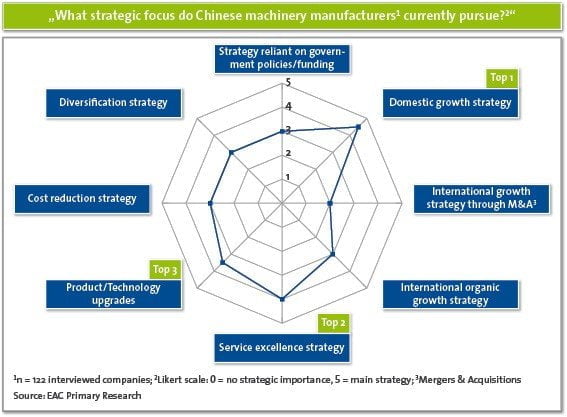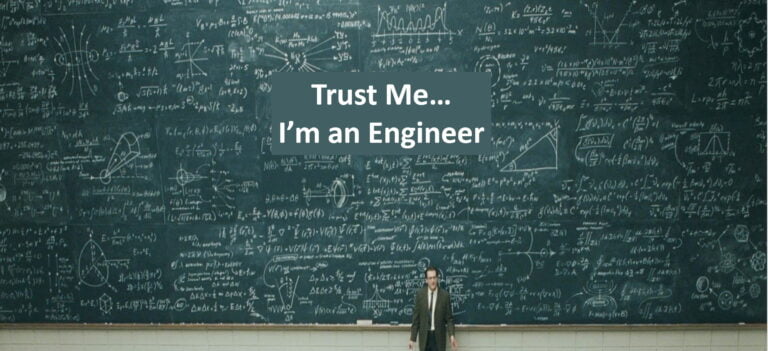Sitting on a Gold Mine: Uncovering Hidden Profit Centers
Managers understand one important fact in today’s global economy: Businesses must perform at the highest standard and then continually improve just to be competitive. Great performance is becoming more and more valuable and hidden pockets of profit exist in every organization.
High performance is considered a mystery that is rarely adequately explained. Getting people to trust themselves and their talent—to be creative—is a requirement for uncovering hidden profit centers. The 21st Century Leader is more interested in the creative process, the creative mindset and the creative person rather than the creative product alone. Companies wishing to increase their profit margins are encouraged to produce a new breed of human being—the process-oriented person who is creative, courageous, autonomous and self-trusting.
The Path to Profit
High Performance Leadership is a competitive factor in today’s global economy. In the hands of irresponsible, immature people, money and power can be used for unethical and unproductive purposes—professionally, personally and socially. Executives seeking power and money as an end have an immature mindset, ending with predictable and often devastating results. These executives end up destroying the very goals they seek to achieve. They lead lives of hypocrisy, laziness and mutual exploitation even though their stated values are to create profits and improve the lives of their stakeholders. The mortgage crisis is a recent example of irresponsible, immature decision-makers. Money and power are not necessarily bad things—they are a means to an end and in the hands of High Performance Leaders, they lead to increased profits along with people who are not endangered, live free from anxiety and fear, gain a sense of community, and attain dignity, pride and self-respect.
High Performance Leaders produce a profitable product or service founded on discipline, passion, courage, focus and the ability to overcome adversity, which so happens to be the same requirements for creativity and innovation. Effective management produces two consequences. First, economic productivity is measured by the quality of the product or service and the profit margin generated. Second, the human products that create those profits are demonstrated by the overall psychological health of an organization. A workforce that experiences security and safety, a sense of belonging, a greater sense of loyalty and self-respect is able to create the innovative products that ultimately produce greater profit and social benefit.
Bottling Creativity
Innovative companies think about creativity in a completely different way than other organizations. They don’t focus on the obvious question of what fosters creativity. Rather they ask a better question of why don’t people create and innovate. The noted psychologist Abraham Maslow stated:
“We’ve got to abandon the sense of amazement in the face of creativity, as if it were a miracle if anybody created anything!”
Leaders who are interested in creativity—and that’s just about everyone—set expectations, but more importantly, they establish a culture where people are free to be naturally creative by removing the obstacles to innovation.
Creativity is more than just developing new products. Innovative companies expect their employees to create efficient ways to do their jobs, to develop and maintain relationships and more importantly, they expect people to continuously change and grow. Creativity is related to the ability to withstand a lack of structure, a lack of predictability, a lack of control and a tolerance for ambiguity. However, it’s not to be confused with a lack of motivation, purpose or goals. Creative people win the internal civil war and as a result they’re better able to express their full talents for creative purposes. They waste less time and energy protecting themselves against themselves.
Innovation results from several inputs. Creative people hold a strong self-image of themselves. They’re less afraid of being their authentic self and allow themselves to be flooded by their emotions. There is an absence of fear and are less afraid of what other people say, demand or laugh at. They don’t fear their own impulses, and they’re more self-accepting than the average person. Their strong self-approval makes it possible to see the reality of any situation and be more spontaneous. Therefore they’re less controlled and inhibited. It’s relatively impossible to create and innovate when people are filled with fear and anxiety.
Creativity is not based on confidence alone. Creative people are extremely better able to manage frustration when change presents itself—they’re not threatened by the unexpected. They’re more tolerant with themselves and others when faced with adversity. They retain their patience and persistence when others are losing theirs. Their calm demeanor enables them to improvise and adapt more freely.
The primary indication of a creative workplace is when people pour themselves into projects and completely devote their energies to success. Focus and concentration enables people to become engaged in their work. Creativity is more likely to happen when people let go of the past, give up the future and immerse themselves into the present. Multi-tasking is a creativity-killer. A narrowing of focus enables people to let their minds roam free without unnecessary distractions.
The creative person divorces themselves from the past and trusts themselves in the present, even without previous preparation. The trust mindset enables people to cast away plans without regret or anxiety. They don’t see the world as overwhelmingly dangerous or powerful. They manage the world around them because they’re able to manage themselves.
Conclusion
Most organizations are over-managed and underled. Management is the science of systems that are put in place to control, monitor and check. While systems do reduce anxiety, an unhealthy dependency significantly restricts creativity. Under these conditions people are unable to adapt and improvise. Most systems are established by ineffective leaders who don’t trust themselves or others. Over-managed firms wall off fear therefore inhibiting, repressing and suppressing the creative outlets that inherently reside within the organization. These are the hidden costs that prevent innovation.
Establishing the appropriate balance between systems and freedoms enables people to express their natural inclination to create and be imaginative. As a result, employees’ creativity is expressed in all areas of life, regardless of tasks. They won’t be able to turn it off. Creativity is a natural resource just waiting to be mined and turned into pure gold.
![]() As founder and president of The Institute for Level Six Leadership and author of the critically acclaimed book, GOLD!: Applying Level Six Performance to Capture the Runaway American Dream, Dr. Stephen Long has proven that leadership is a learned skill built upon inherent strengths. Through his work with champion athletes, top salespeople and corporate executives, Dr. Long has helped permanently raise corporate and team productivity from adequate — to outstanding. Level Six Leadership™ is a breakthrough social operating system that immediately enhances an organization’s productivity and efficiency. Applying his coaching and leadership techniques, Long’s coaching has helped a variety of companies realize a significant increase in performance.
As founder and president of The Institute for Level Six Leadership and author of the critically acclaimed book, GOLD!: Applying Level Six Performance to Capture the Runaway American Dream, Dr. Stephen Long has proven that leadership is a learned skill built upon inherent strengths. Through his work with champion athletes, top salespeople and corporate executives, Dr. Long has helped permanently raise corporate and team productivity from adequate — to outstanding. Level Six Leadership™ is a breakthrough social operating system that immediately enhances an organization’s productivity and efficiency. Applying his coaching and leadership techniques, Long’s coaching has helped a variety of companies realize a significant increase in performance.
Contact him at doclong@levelsixleadership.com








